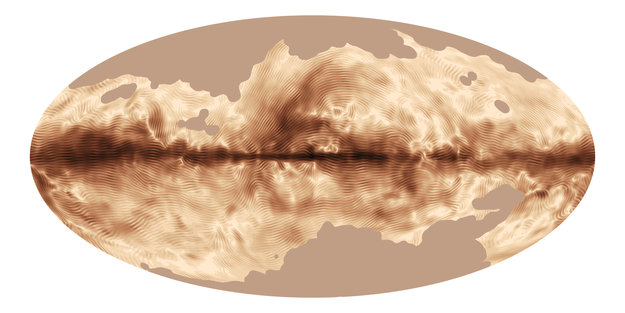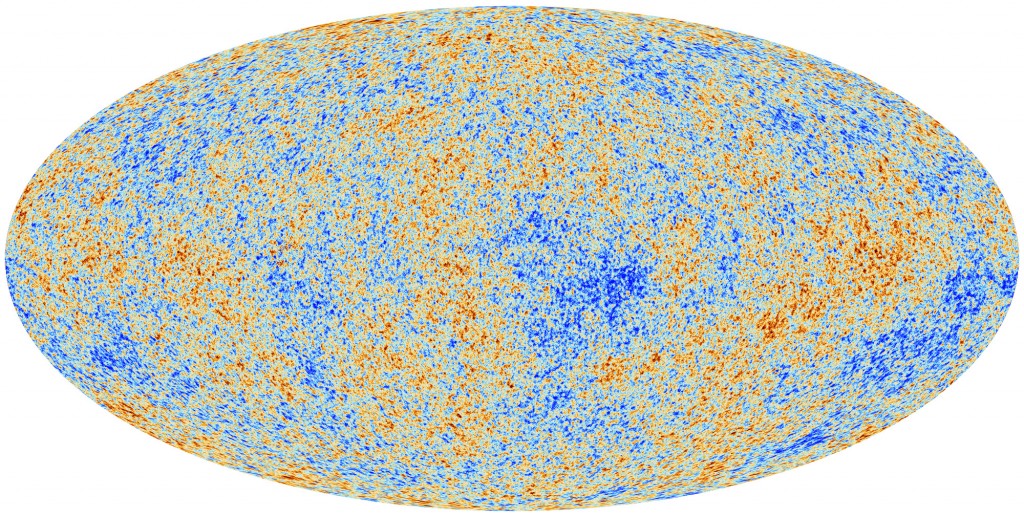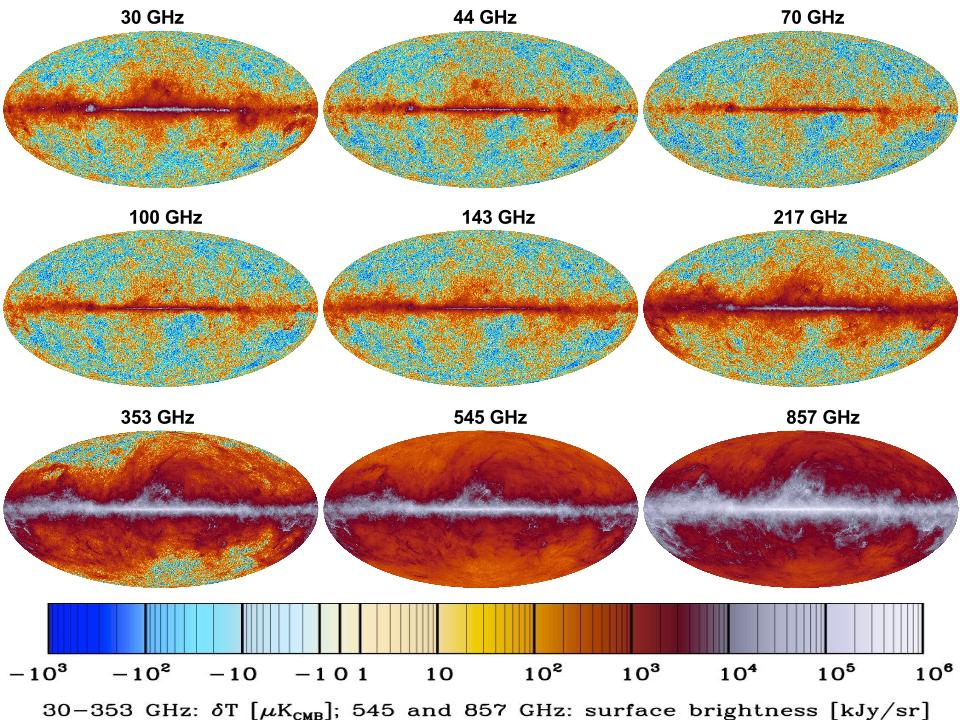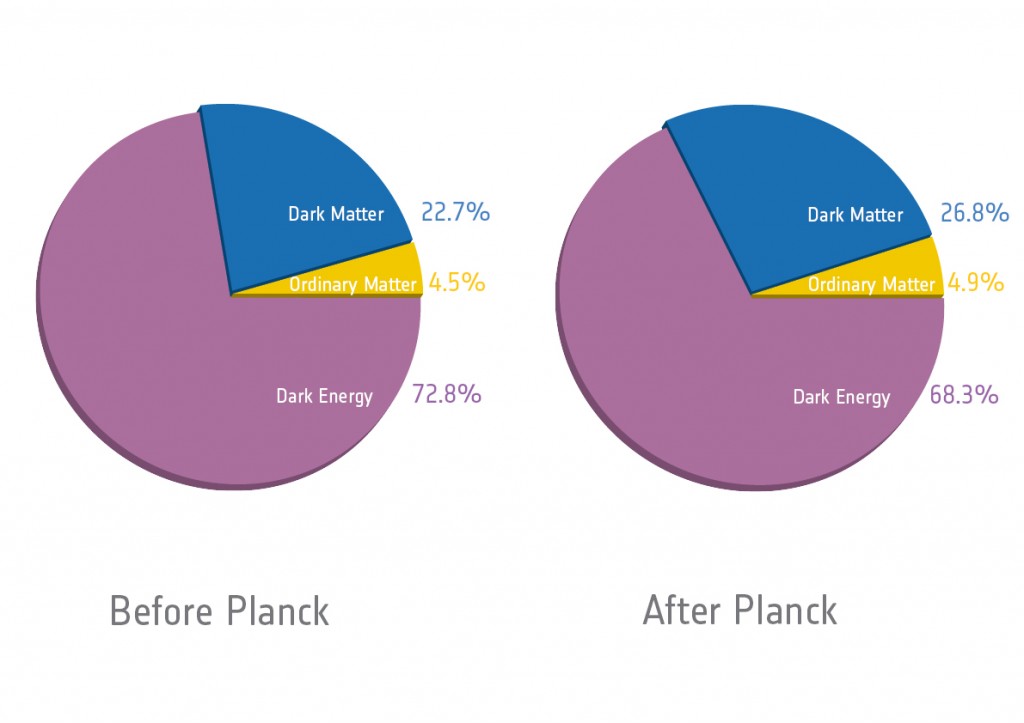- Home
- Classes
- Physics 134 – Observational Astrophysics – Fall 2022
- Physics 6B – Spring 2015
- Physics 134 – Observational Astrophysics – Fall 2020
- Symmetry & Aesthetics in Contemporary Physics
- Physics 128 – Senior Lab – Fall 2016
- INT 184 – PL Interdisciplinary Honors Seminar – Weapons of Mass Destruction – Spring 2013
- Physics 150 – Modern Design and Fab – Fall 2019
- Physics 134 – Observational Astrophysics – Fall 2019
- Physics 2 – Fall 2013
- Physics 3 – Fall 2016
- Physics 4 – Winter 2020
- Astro 1 – Fall 2020
- Physics 4 – Winter 2023
- Physics 141 – Optics – Spring 2019
- Physics 145L – Astrophysics Research
- Physics 199 – Independent Research
- Projects
- Facilities
- People
- Net
- Outreach
- Misc
- Papers
lubin
This user hasn't shared any biographical information
Homepage: http://www.deepspace.ucsb.edu
Posts by lubin

Wafer Scale Spacecraft Pole to Pole Flight Nov 2019 to Aug 2020
Sep 23rd
In collaboration with Robert De Laurentis (https://flyingthrulife.com/) we were able to “fly” one of our third generation “wafer scale spacecraft” from the south Pole to the north Pole in a modified twin engine aircraft piloted solo from “Pole to Pole”. Starting in November 16, 2019 Robert took off from San Diego, CA to flew south eventually flew over the South Pole and then “hopped” northward until reaching the North Pole and then returning to San Diego in August 2020.
His mission was both of exploration in the limits of solo flight in small aircraft but also as a “World Ambassador” promoting peace and the vision of exploration. We have been working with Robert for several years as he prepared for his historic mission. Robert became interested in our work on finding a solution to enable humanity to reach far outside our solar system and enter another. We installed a fully functional autonomous WSS Gen 3 “spacecraft” on the inside of his aircraft looking out of a window, taking pictures, logging GPS coordinates and sensor data. All this was done autonomously with no human input over the 10 month mission. The UCSB WSS-3 worked flawlessly.
See UCSB Current article: https://www.news.ucsb.edu/2020/020031/poles-stars
Funding: UCSB funding for this program comes from NASA grants NIAC Phase I DEEP-IN – 2015 NNX15AL91G and NASA NIAC Phase II DEIS – 2016 NNX16AL32G for the NASA Starlight program and the NASA California Space Grant NASA NNX10AT93H as well as a generous gift from the Emmett and Gladys W. fund. We also acknowledge the support of the Breakthrough Foundation for our Starshot effort.
Below – Selection of images taken by WSS-3. Flight path and UCSB WSS payload design are also shown.
Below – Selection of images takes by UCSB WSS prior to and during flight using the embedded imaging system. The 5 MP images were taken every 2.5 seconds. Approximately 4000 images were taken and stored in onboard flash memory.
Movie of flight images at 15 fps
Below – Recreation of flight path using more than 700,000 points of GPS data collected in-flight by the WSS

Wafer Scale Spacecraft Flight 4-12-19
Apr 12th
In collaboration with the US Naval Academy, the first flight of our latest generation of wafer scale spacecraft (WSS) was launched on April 12, 2019 at 13:57 UTC in Pennsylvania and recovered successfully. There were two attached payloads (USNA (blue) and UCSB (white) that flew between 99.5 and 105Kft at peak. We gratefully acknowledge the tremendous support of the USNA High Altitude Balloon Team. This WSS was 90 mm in diameter. More information on our WSS development program is here: http://web.deepspace.ucsb.edu/projects/wafer-scale-spacecraft-development
UCSB May 7 Press release on “First Flights” https://www.news.ucsb.edu/2019/019460/first-flights
Interestingly April 12 is the date of the first human flight into space when Yuri Gagarin was launched in 1961. He flew for 108 minutes on the USSR Vostok spacecraft.
Funding: UCSB funding for this program comes from NASA grants NIAC Phase I DEEP-IN – 2015 NNX15AL91G and NASA NIAC Phase II DEIS – 2016 NNX16AL32G for the NASA Starlight program and the NASA California Space Grant NASA NNX10AT93H as well as a generous gift from the Emmett and Gladys W. fund. We also acknowledge the support of the Breakthrough Foundation for our Starshot effort.
Below – Selection of images taken by USNA launch team prior to launch and during recovery. Flight path and UCSB WSS payload design are also shown.
Below – Selection of images takes by UCSB WSS prior to and during flight using the embedded imaging system. The 5 MP images were taken every 2.5 seconds. Approximately 4000 images were taken and stored in onboard flash memory.
Movie of flight images at 15 fps

Yuri’s Night – Los Angeles April 6, 2019
Mar 6th
Yuri’s night commemorates the first flight of a human into space: the Soviet Cosmonaut Yuri Gagarin, who flew on April 12, 1961. 
Each year Yuri’s night is celebrated around the world.
While events are held worldwide, the closest event to UCSB, and the one at which our group presents, is in Los Angeles at the Museum of Science and Industry. This year the event will be on Saturday night, April 6th, 2019.
https://www.la.yurisnight.net/
https://en.wikipedia.org/wiki/Yuri_Gagarin
Article about Yuri Gagarin on Space.com
Some pictures from the past two Yuri’s Nights at which our group presented:
[slideshow_deploy id=’4208′]Some pics of our group at Yuri’s Night, 2019:



NASA 360 Going Interstellar Feb 2016
Feb 23rd
NASA released its video of our NIAC study on the possibilities of getting to relativistic speeds using directed energy.
Imagine getting to Mars in just 3 days… or putting points beyond our solar system within our reach. New propulsion technologies could one day take us to these cosmic destinations making space travel truly interstellar!This video represents a research study within the NASA Innovative Advanced Concepts (NIAC) program. NIAC is a visionary and far-reaching aerospace program, one that has the potential to create breakthrough technologies for possible future space missions. However, such early stage technology development may never become actual NASA missions. For more information about NIAC, visit: www.nasa.gov/niac.
Posted by NASA 360 on Friday, February 12, 2016
Asteroid Deflection- Sci Fi or Reality?
Sep 11th
This article covers DE-STAR, slowing down spinning asteroids, and photon propulsion.
Read it by checking out the link below:
http://www.news.ucsb.edu/2015/015844/asteroid-deflection-science-fiction-or-reality
Roadmap to the Stars June 2015
Sep 11th
Posted on June 23, 2015, the article describes the DEEP-IN project and DE-STAR
Check out the link below to read it:
Planck-BiCEP Analysis of Inflation Claim
Mar 23rd
The joint Planck – BiCEP team analysis of the March 2015 reported gravity wave detection from inflation have been published and shows no significant evidence of gravity waves in the BiCEP data contrary to the Harvard Press announcement of March 17 2015. The primary issue was the incomplete accounting of dust contamination in the BiCEP field which mimics an inflationary signature.
http://news.harvard.edu/gazette/story/2014/03/backing-the-big-bang/
http://www.cosmos.esa.int/web/planck/publications
http://xxx.lanl.gov/abs/1502.00612
A Joint Analysis of BICEP2/Keck Array and Planck Data
Authors: BICEP2/Keck, Planck Collaborations: P. A. R. Ade, N. Aghanim, Z. Ahmed, R. W. Aikin, K. D. Alexander, M. Arnaud, J. Aumont, C. Baccigalupi, A. J. Banday, D. Barkats, R. B. Barreiro, J. G. Bartlett, N. Bartolo, E. Battaner, K. Benabed, A. Benoit-Lévy, S. J. Benton, J.-P. Bernard, M. Bersanelli, P. Bielewicz, C. A. Bischoff, J. J. Bock, A. Bonaldi, L. Bonavera, J. R. Bond, J. Borrill, F. R. Bouchet, F. Boulanger, J. A. Brevik, M. Bucher, I. Buder, E. Bullock, C. Burigana, R. C. Butler, V. Buza, E. Calabrese, J.-F. Cardoso, A. Catalano, A. Challinor, R.-R. Chary, H. C. Chiang, P. R. Christensen, L. P. L. Colombo, C. Combet, J. Connors, F. Couchot, A. Coulais, B. P. Crill, A. Curto, F. Cuttaia, L. Danese, R. D. Davies, R. J. Davis, P. de Bernardis, A. de Rosa, G. de Zotti, J. Delabrouille,
J.-M. Delouis, F.-X. Désert, C. Dickinson, J. M. Diego, H. Dole, S. Donzelli, O. Doré, M. Douspis, C. D. Dowell, L. Duband, A. Ducout, J. Dunkley, X. Dupac, C. Dvorkin, G. Efstathiou, F. Elsner, T. A. Enßlin, H. K. Eriksen, J. P. Filippini, F. Finelli, S. Fliescher, O. Forni, M. Frailis, A. A. Fraisse, E. Franceschi, A. Frejsel, S. Galeotta, S. Galli, K. Ganga, T. Ghosh, M. Giard, E. Gjerløw, S. R. Golwala, J. González-Nuevo, K. M. Górski, S. Gratton, A. Gregorio, A. Gruppuso, J. E. Gudmundsson, M. Halpern, F. K. Hansen, D. Hanson, D. L. Harrison, M. Hasselfield, G. Helou, S. Henrot-Versillé, D. Herranz, S. R. Hildebrandt, G. C. Hilton, E. Hivon, M. Hobson, W. A. Holmes, W. Hovest, V. V. Hristov, K. M. Huffenberger, H. Hui, G. Hurier, K. D. Irwin, A. H. Jaffe, T. R. Jaffe, J. Jewell, W. C. Jones, M. Juvela, K. S. Karkare, J. P. Kaufman, B. G. Keating, S. Kefeli, E. Keihänen, S. A. Kernasovskiy, R. Keskitalo, T. S. Kisner, R. Kneissl, J. Knoche, L. Knox, J. M. Kovac, N. Krachmalnicoff, M. Kunz, C. L. Kuo, H. Kurki-Suonio, G. Lagache, A. Lähteenmäki, J.-M. Lamarre, A. Lasenby, M. Lattanzi, C. R. Lawrence, E. M. Leitch, R. Leonardi, F. Levrier, A. Lewis, M. Liguori, P. B. Lilje, M. Linden-Vørnle, M. López-Caniego, P. M. Lubin, M. Lueker, J. F. Macías-Pérez, B. Maffei, D. Maino, N. Mandolesi, A. Mangilli, M. Maris, P. G. Martin, E. Martínez-González, S. Masi, P. Mason, S. Matarrese, K. G. Megerian, P. R. Meinhold, A. Melchiorri, L. Mendes, A. Mennella, M. Migliaccio, S. Mitra, M.-A. Miville-Deschênes, A. Moneti, L. Montier, G. Morgante, D. Mortlock, A. Moss, D. Munshi, J. A. Murphy, P. Naselsky, F. Nati, P. Natoli, C. B. Netterfield, H. T. Nguyen, H. U. Nørgaard-Nielsen, F. Noviello, D. Novikov, I. Novikov, R. O’Brient, R. W. Ogburn IV, A. Orlando, L. Pagano, F. Pajot, R. Paladini, D. Paoletti, B. Partridge, F. Pasian, G. Patanchon, T. J. Pearson, O. Perdereau, L. Perotto, V. Pettorino, F. Piacentini, M. Piat, D. Pietrobon, S. Plaszczynski, E. Pointecouteau, G. Polenta, N. Ponthieu, G. W. Pratt, S. Prunet, C. Pryke, J.-L. Puget, J. P. Rachen, W. T. Reach, R. Rebolo, M. Reinecke, M. Remazeilles, C. Renault, A. Renzi, S. Richter, I. Ristorcelli, G. Rocha, M. Rossetti, G. Roudier, M. Rowan-Robinson, J. A. Rubiño-Martín, B. Rusholme, M. Sandri, D. Santos, M. Savelainen, G. Savini, R. Schwarz, D. Scott, M. D. Seiffert, C. D. Sheehy, L. D. Spencer, Z. K. Staniszewski, V. Stolyarov, R. Sudiwala, R. Sunyaev, D. Sutton, A.-S. Suur-Uski, J.-F. Sygnet, J. A. Tauber, G. P. Teply, L. Terenzi, K. L. Thompson, L. Toffolatti, J. E. Tolan, M. Tomasi, M. Tristram, M. Tucci, A. D. Turner, L. Valenziano, J. Valiviita, B. Van Tent, L. Vibert, P. Vielva, A. G. Vieregg, F. Villa, L. A. Wade, B. D. Wandelt, R. Watson, A. C. Weber, I. K. Wehus, M. White, S. D. M. White, J. Willmert, C. L. Wong, K. W. Yoon, D. Yvon, A. Zacchei, A. Zonca
et al. (216 additional authors not shown)
(Submitted on 2 Feb 2015)
Abstract: We report the results of a joint analysis of data from BICEP2/Keck Array and Planck. BICEP2 and Keck Array have observed the same approximately 400 deg 2 patch of sky centered on RA 0h, Dec. −57.5deg . The combined maps reach a depth of 57 nK deg in Stokes Q and U in a band centered at 150 GHz. Planck has observed the full sky in polarization at seven frequencies from 30 to 353 GHz, but much less deeply in any given region (1.2 μ K deg in Q and U at 143 GHz). We detect 150× 353 cross-correlation in B -modes at high significance. We fit the single- and cross-frequency power spectra at frequencies above 150 GHz to a lensed-Λ CDM model that includes dust and a possible contribution from inflationary gravitational waves (as parameterized by the tensor-to-scalar ratio r ). We probe various model variations and extensions, including adding a synchrotron component in combination with lower frequency data, and find that these make little difference to the r constraint. Finally we present an alternative analysis which is similar to a map-based cleaning of the dust contribution, and show that this gives similar constraints. The final result is expressed as a likelihood curve for r , and yields an upper limit r 0.05 <0.12 at 95% confidence. Marginalizing over dust and r , lensing B -modes are detected at 7.0σ significance.
Planck 2015 Cosmology Release
Mar 23rd
The latest Planck 2015 Cosmology Release papers are available here:
Planck polarized dust map
May 7th
6 May 2014Our Galaxy’s magnetic field is revealed in a new image from ESA’s Planck satellite. This image was compiled from the first all-sky observations of ‘polarized’ light emitted by interstellar dust in the Milky Way.
Light is a very familiar form of energy and yet some of its properties are all but hidden to everyday human experience. One of these – polarisation – carries a wealth of information about what happened along a light ray’s path, and can be exploited by astronomers.Light can be described as a series of waves of electric and magnetic fields that vibrate in directions that are at right angles to each other and to their direction of travel.Usually, these fields can vibrate at all orientations. However, if they happen to vibrate preferentially in certain directions, we say the light is ‘polarized’. This can happen, for example, when light bounces off a reflective surface like a mirror or the sea. Special filters can be used to absorb this polarized light, which is how polarized sunglasses eliminate glare.
In space, the light emitted by stars, gas and dust can also be polarised in various ways. By measuring the amount of polarization in this light, astronomers can study the physical processes that caused the polarization.In particular, polarization may reveal the existence and properties of magnetic fields in the medium light has travelled through.The map presented here was obtained using detectors on Planck that acted as the astronomical equivalent of polarized sunglasses. Swirls, loops and arches in this new image trace the structure of the magnetic field in our home galaxy, the Milky Way.In addition to its hundreds of billions of stars, our Galaxy is filled with a mixture of gas and dust, the raw material from which stars are born. Even though the tiny dust grains are very cold, they do emit light but at very long wavelengths – from the infrared to the microwave domain. If the grains are not symmetrical, more of that light comes out vibrating parallel to the longest axis of the grain, making the light polarised.
If the orientations of a whole cloud of dust grains were random, no net polarization would be seen. However, cosmic dust grains are almost always spinning rapidly, tens of millions of times per second, due to collisions with photons and rapidly moving atoms.
Then, because interstellar clouds in the Milky Way are threaded by magnetic fields, the spinning dust grains become aligned preferentially with their long axis perpendicular to the direction of the magnetic field. As a result, there is a net polarisation in the emitted light, which can then be measured.
In this way, astronomers can use polarised light from dust grains to study the structure of the Galactic magnetic field and, in particular, the orientation of the field lines projected on the plane of the sky.
In the new Planck image, darker regions correspond to stronger polarized emission, and the striations indicate the direction of the magnetic field projected on the plane of the sky. Since the magnetic field of the Milky Way has a 3D structure, the net orientation is difficult to interpret if the field lines are highly disorganised along the line of sight, like looking through a tangled ball of string and trying to perceive some net alignment.
However, the Planck image shows that there is large-scale organisation in some parts of the Galactic magnetic field.
The dark band running horizontally across the centre corresponds to the Galactic Plane. Here, the polarisation reveals a regular pattern on large angular scales, which is due to the magnetic field lines being predominantly parallel to the plane of the Milky Way.
The data also reveal variations of the polarisation direction within nearby clouds of gas and dust. This can be seen in the tangled features above and below the plane, where the local magnetic field is particularly disorganised.
Planck’s Galactic polarisation data are analysed in a series of four papers just submitted to the journal Astronomy & Astrophysics, but studying the magnetic field of the Milky Way is not the only reason why Planck scientists are interested in these data. Hidden behind the foreground emission from our Galaxy is the primordial signal from the Cosmic Microwave Background (CMB), the most ancient light in the Universe.
The brightness of the CMB has already been mapped by Planck in unprecedented detail and scientists are now scrutinising the data to measure the polarization of this light. This is one of the main goals of the Planck mission, because it could provide evidence for gravitational waves generated in the Universe immediately after its birth.
In March 2014, scientists from the BICEP2 collaboration claimed the first detection of such a signal in data collected using a ground-based telescope observing a patch of the sky at a single microwave frequency. Critically, the claim relies on the assumption that foreground polarized emissions are almost negligible in this region.
Later this year, scientists from the Planck collaboration will release data based on Planck’s observations of polarized light covering the entire sky at seven different frequencies. The multiple frequency data should allow astronomers to separate with great confidence any possible foreground contamination from the tenuous primordial polarized signal.
This will enable a much more detailed investigation of the early history of the cosmos, from the accelerated expansion when the Universe was much less than one second old to the period when the first stars were born, several hundred million years later.
This image is based on data from ESA’s Planck satellite that are published in a series of four papers submitted to the journal Astronomy & Astrophysics, where more details on the data analysis and interpretation can be found:
–Planck intermediate results. XIX. An overview of the polarized thermal emission from Galactic dust
–Planck intermediate results. XX. Comparison of polarized thermal emission from Galactic dust with simulations of MHD turbulence
–Planck intermediate results. XXI. Comparison of polarized thermal emission from Galactic dust at 353 GHz with optical interstellar polarization
–Planck intermediate results. XXII. Frequency dependence of thermal emission from Galactic dust in intensity and polarization
About Planck
Launched in 2009, Planck was designed to map the sky in nine frequencies using two state-of-the-art instruments: the Low Frequency Instrument, which includes three frequency bands in the range 30–70 GHz, and the High Frequency Instrument, which includes six frequency bands in the range 100–857 GHz. HFI completed its survey in January 2012, while LFI continued to make science observations until 3 October 2013, before being switched off on 19 October 2013.
Seven of Planck’s nine frequency channels were equipped with polarization-sensitive detectors. The image presented here is based on polarization data collected at a frequency of 353 GHz with HFI.

Planck 2013 Cosmology Release – 3/21
Mar 14th
- Special Physics Colloquium Flyer March 21 – 2013: Planck 2013 Cosmology Release
- Colloq Talk Slides – Planck 2013 – UCSB – 3-21-13
- UCSB Press Release
- PLANCK satellite publications
- PLANCK satellite released data
- Planck news feed at Caltech: http://planck.caltech.edu/
news.html - NASA press release: http://www.nasa.gov/mission_
pages/planck/latest-images- collection_archive_1.html - ESA announcement: http://sci.esa.int/science-e/
www/object/index.cfm? fobjectid=51551 - Physics World: http://physicsworld.com/cws/
article/news/2013/mar/21/ planck-reveals-almost-perfect-universe - Nature Magazine: http://www.nature.com/news/
planck-telescope-peers-into- the-primordial-universe-1.12658 - Planck on Twitter: https://twitter.com/search?q=%
23Planck&src=hash - PLANCK REVEALS PRIMORDIAL ASYMMETRY IN THE UNIVERSE http://sci.esa.int/science-e/
www/object/index.cfm? fobjectid=51559
Planck is by far the most sensitive satellite to date to map the early universe with sensitivity such that one year of its data is more sensitive than 1000 years of WMAP and 1,000,000 years of COBE data.
Revealing the Cosmic Microwave Background:
Planck CMB sky map:
Planck maps at each of the 9 frequencies:
Universe content pie chart:

















































































































